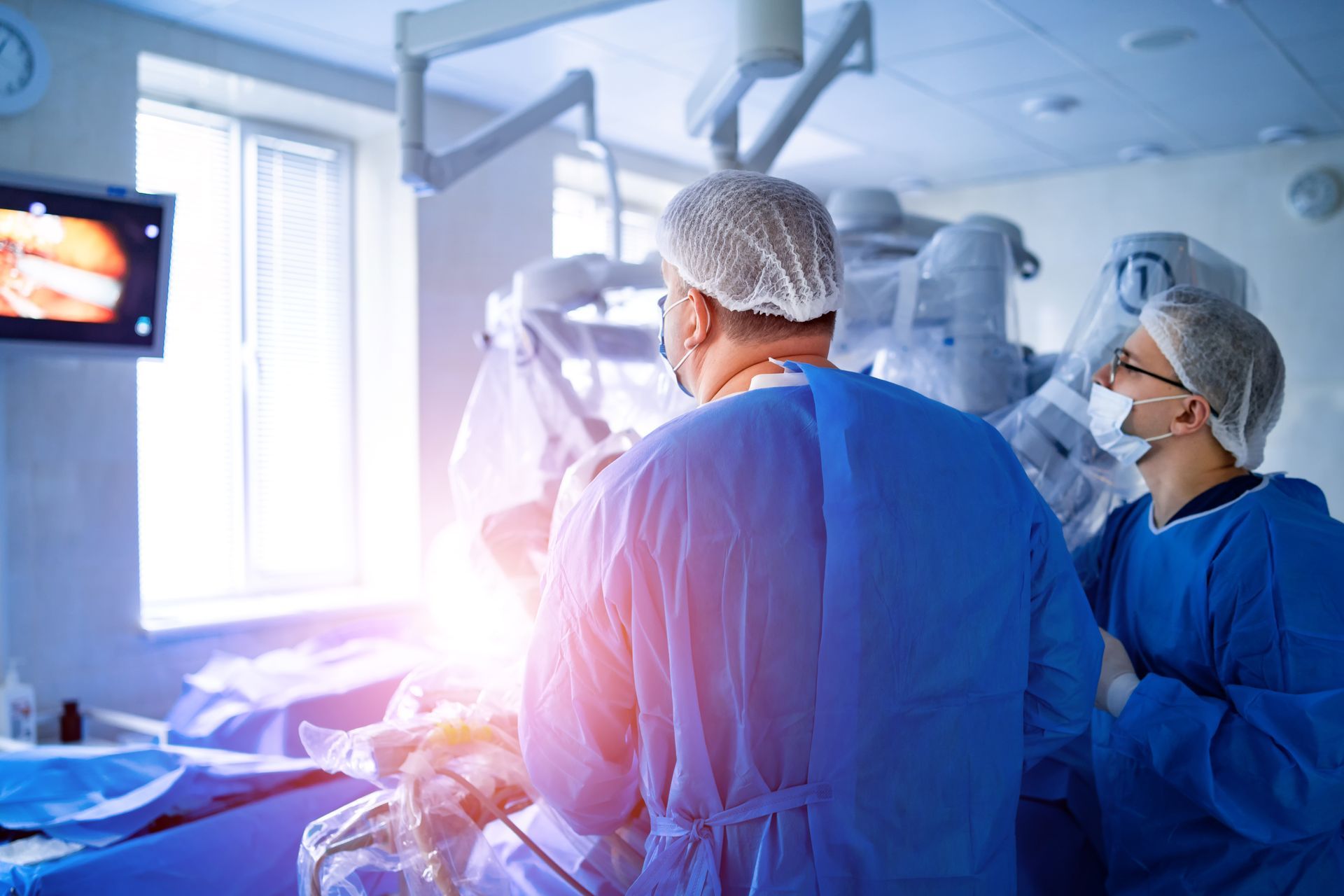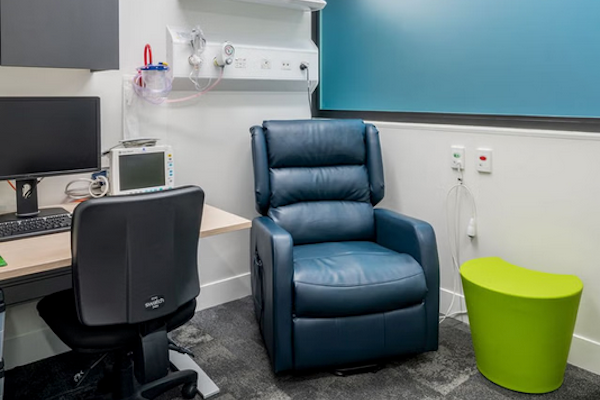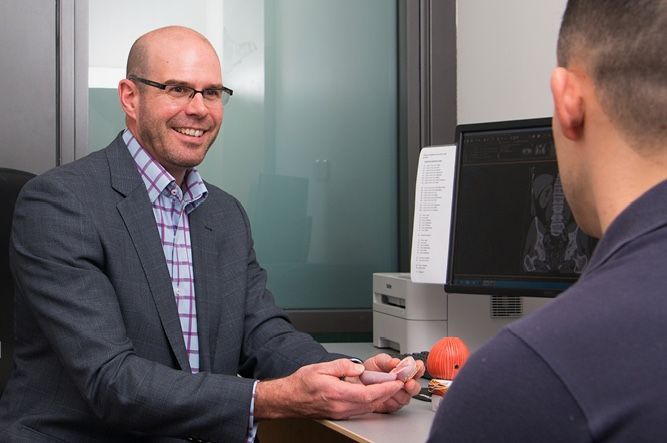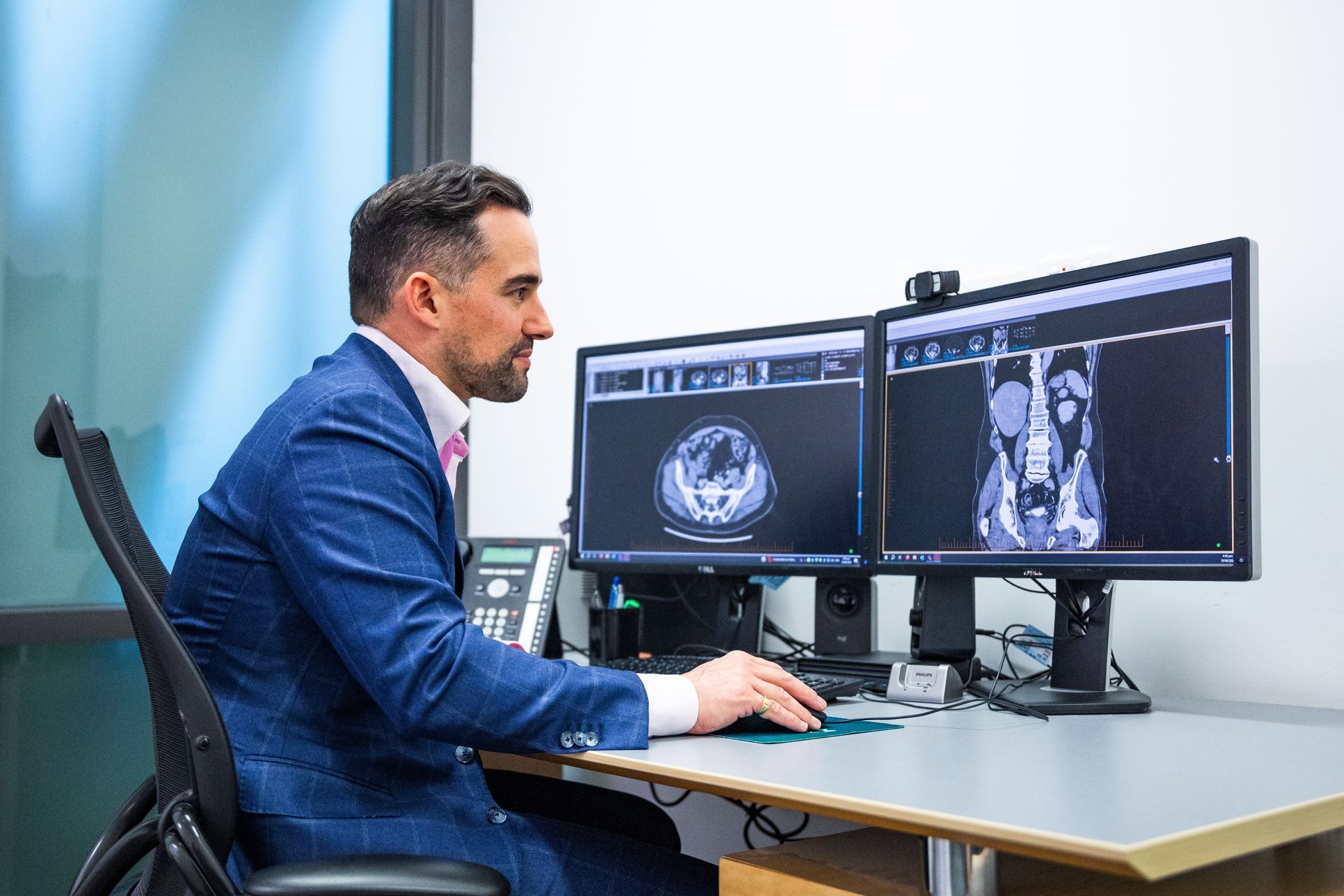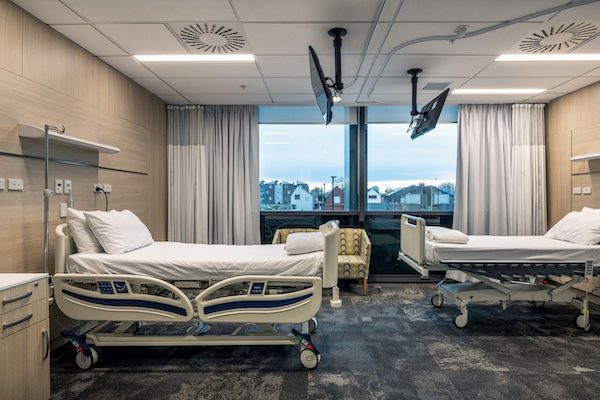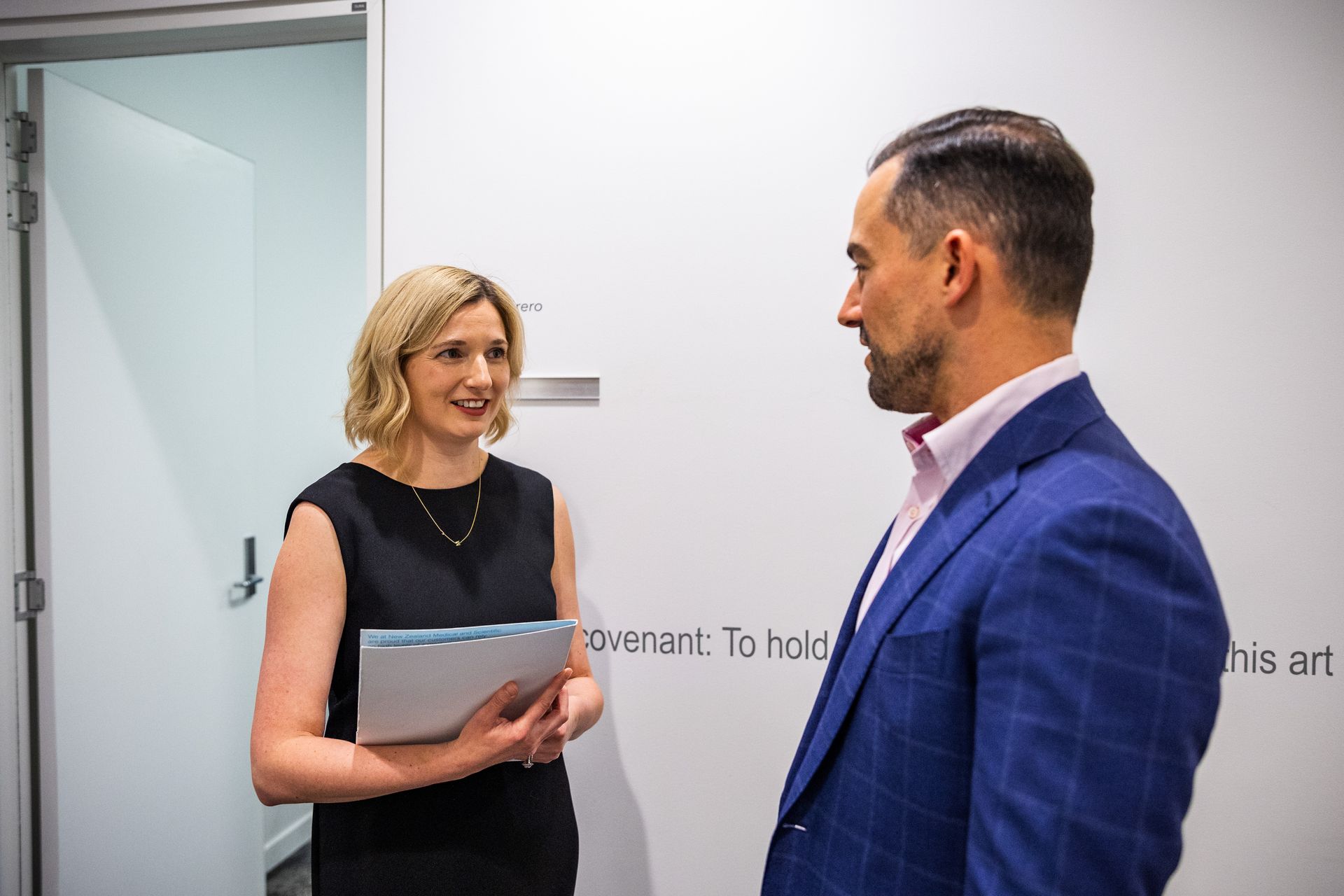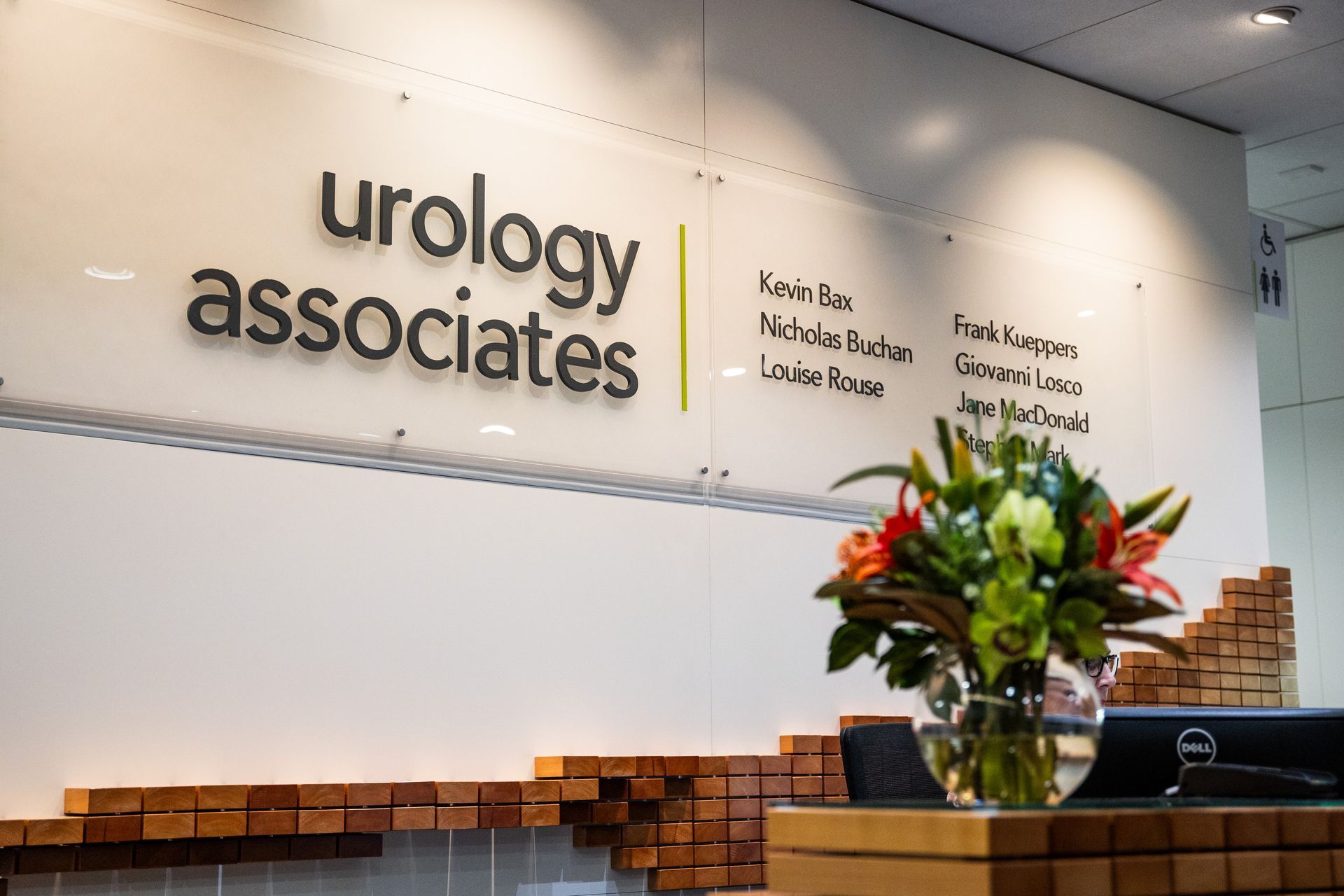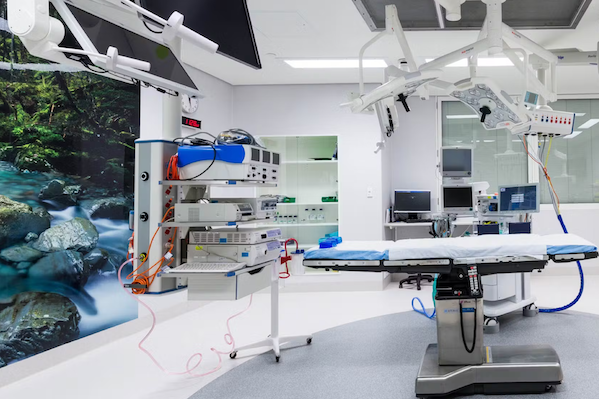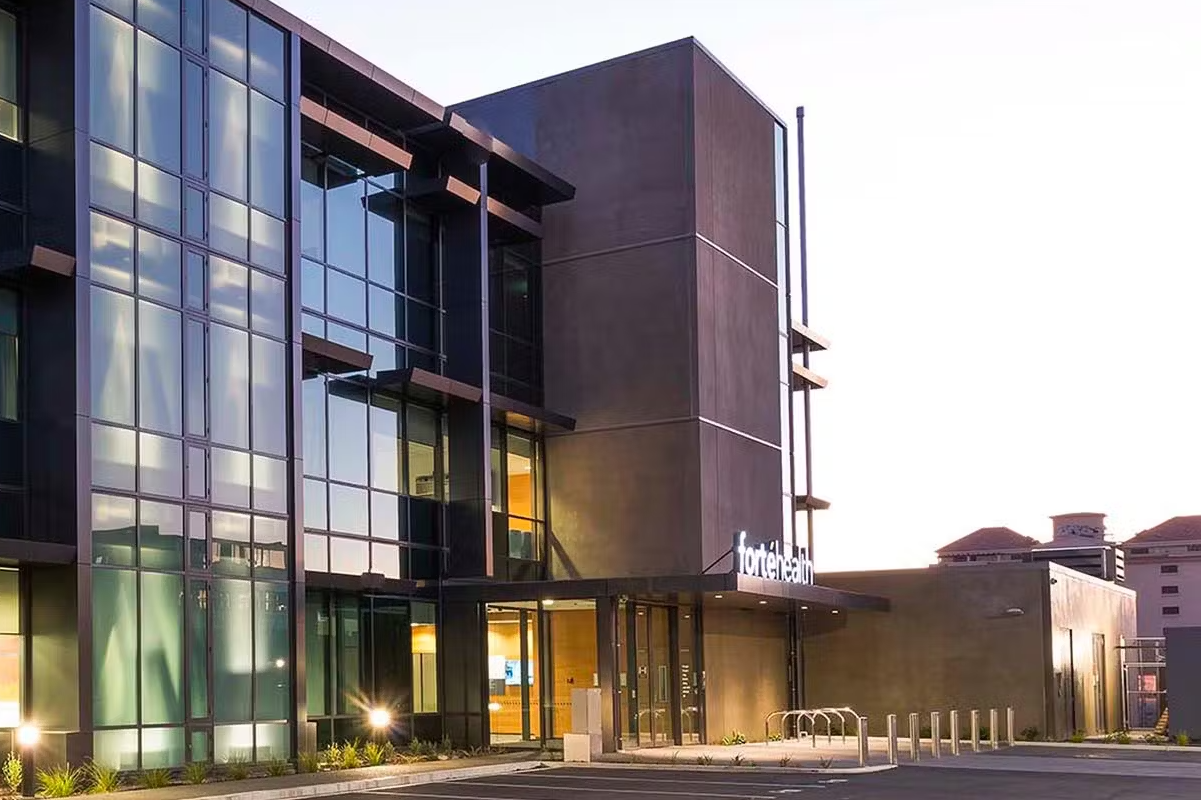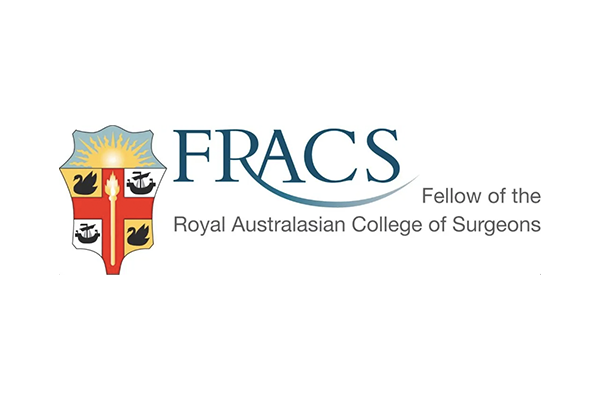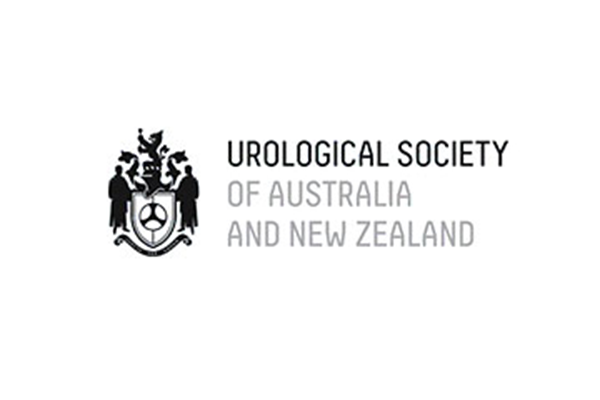Robotic Surgery
Urology Associates are the leaders of urological robotic surgery in New Zealand, specialising in robotic prostatectomy, and robotic partial nephrectomy. We are the only providers of robotic surgery in the South Island.
Erectile Dysfunction
Erectile dysfunction is also known as impotence. It means you can't maintain an erect enough penis for satisfactory sexual intercourse. Many men have erection problems at times and the chance of this happening increases with age.
Vasectomy & Vasectomy Reversal
A vasectomy is performed for contraceptive reasons and will render the patient sterile and incapable of having further children. The procedure takes 30 minutes and can be performed under local anaesthesia in the clinic rooms at Urology Associates or under general anaesthesia in a private hospital.
Kidney Stones
When urine becomes concentrated, calcium, uric acid or struvite stones may form. Most people simply excrete these crystals in their urine. In a small amount of people, the crystals stick together and form stones.
Surgery for Enlarged Prostate
Transurethral resection of the prostate (TURP) is an operation to treat urinary blockage caused by an enlarged prostate. The prostate can become enlarged for a number of reasons including benign prostatic hyperplasia (BPH) and prostatitis. Sometimes this operation is referred to as a "re-bore".
Prostate Cancer
Each year around 3000 men are diagnosed with prostate cancer in New Zealand. It is most common over the age of 65. This page contains links to our patient information series which contain information about our procedures and treatments.
Incontinence
We provide expert care for all men's urological health matters. If incontinence is affecting your life, we can help. Urology Associates offers a caring environment, unmatched expertise, and access to state of the art medical care.
Circumcision
Circumcision is an operation to remove the skin covering the glans (the head of the penis). It is usually performed under a general anaesthetic.
Cancer Treatments
A diagnosis of cancer is a worrying time. We offer a full range of treatments for prostate, kidney, testis and bladder cancers in men.

